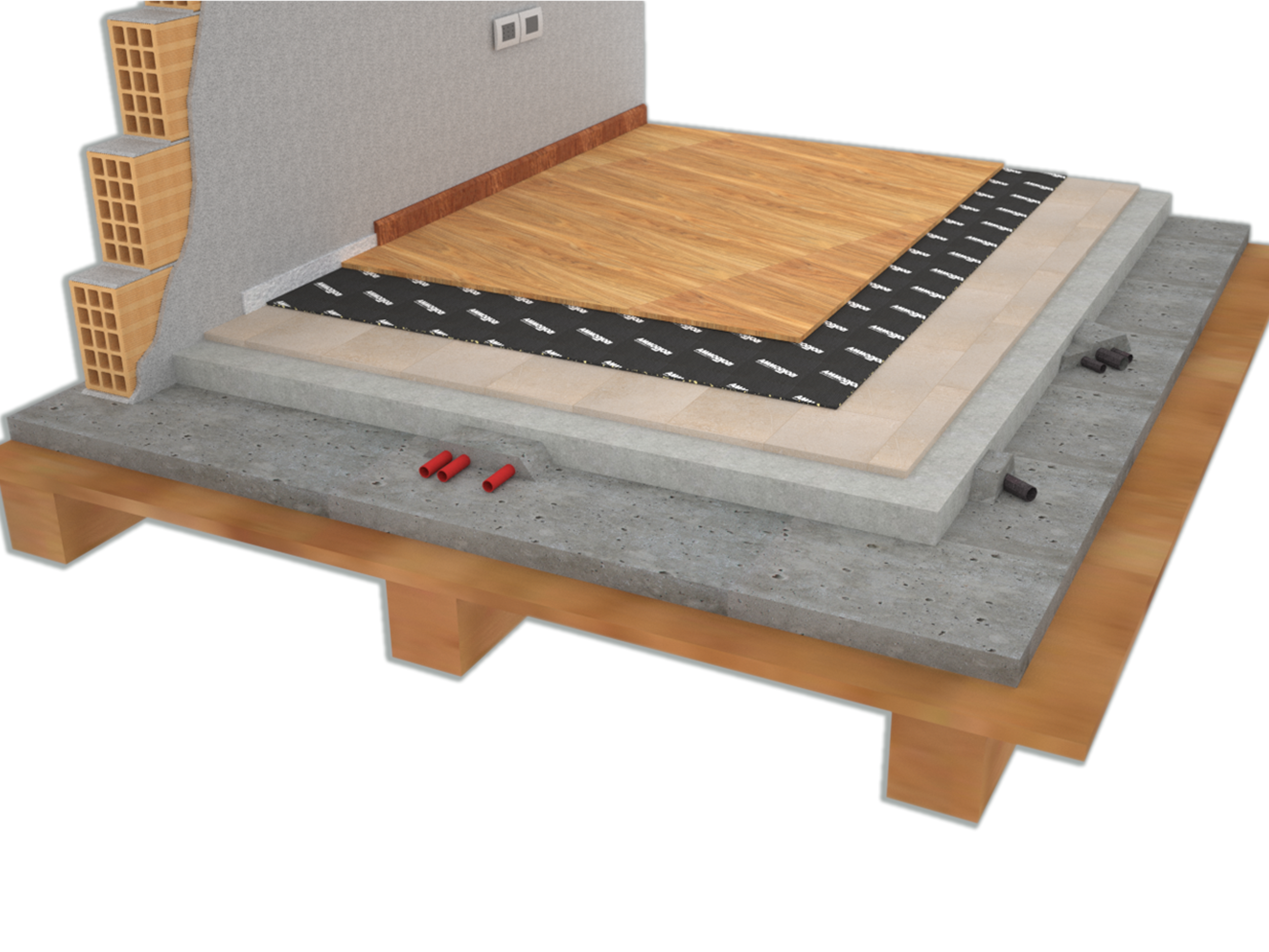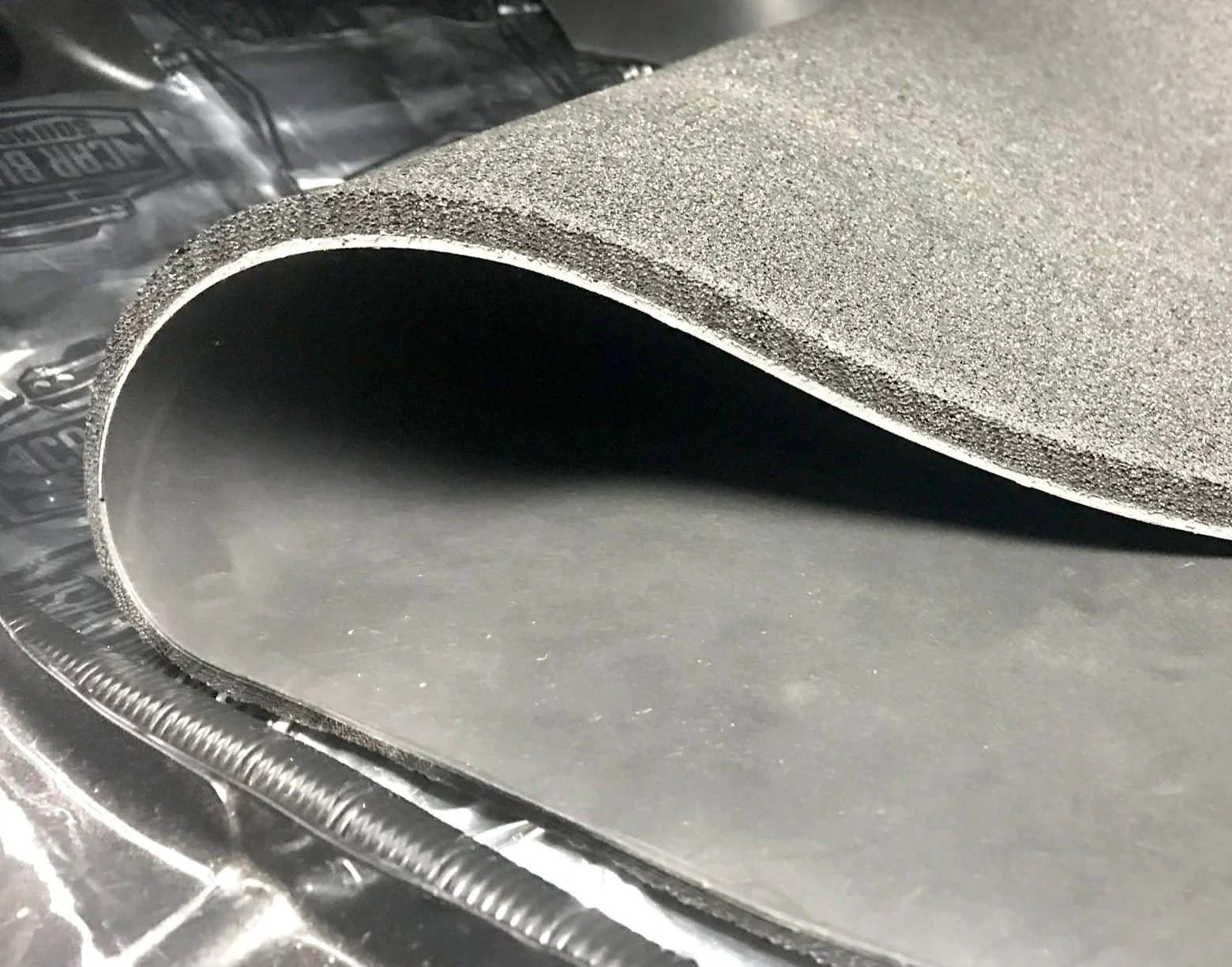Effective sound isolation in business environments depends critically on the choice of acoustic underlay. From busy retail stores to open-plan offices, noise management is crucial for maintaining comfortable and effective surroundings. When choosing materials, one must take flooring type compatibility, sound reduction capabilities, and durability into great account. Particularly in locations likely to have heavy foot traffic or airborne noise, an effective soundmass underlay can greatly enhance sound insulation performance.
Assess the Acoustic Performance
The first thing to think about is how effectively the underlay isolates sound. Search for underlays with impact as well as airborne sound reduction. Both airborne noise—such as conversations or music—and impact noise—that of footsteps or dropped objects—have to be addressed. Verify that the product has been evaluated for acoustic performance. Search for information on the effectiveness of the material using ratings for sound transmission class or impact insulation class. Acoustical control is better the higher these levels.
Evaluate Material Composition and Thickness

Acoustical efficiency is largely influenced by the type of material. Benefits abound from rubber, wood, foaming, and felt-based underlays. Though they must still fit your particular flooring system, thicker underlays can offer better sound insulation. To improve performance and preserve flooring stability, a carefully constructed soundmass underlay combines ideal thickness and density. Make sure the chosen material can sustain the load of business traffic without, over time, compromising its soundproofing capacity.
Check Compatibility with Floor Coverings
Not every acoustic underlay goes nicely with every kind of floor. Certain ones are meant especially for use under carpet, plastic, plywood, or hardwood. Especially for commercial-grade materials, the underlay should complement the flooring product you intend to install. Compatibility influences not only performance but also the floor’s lifetime itself. Particularly in places with different humidity, the underlay should also withstand mold and moisture.
Setting up and Maintenance Factors
Long-term performance as well as project schedules might be affected by ease of installation. Particularly for big commercial environments, pick items that are easy to cut, lay, and secure in place. Perfect placement reduces any weak points compromising sound isolation. Take furthermore into account the underlay’s simplicity of care and durability. A good acoustic underlay should not need regular replacement or particular maintenance; it should remain performing under stress.
Quiet, practical commercial spaces are created in great part by dependable acoustic underlay. Considering acoustic ratings, material qualities, flooring suitability, and installation ease helps you choose a solution with strong and long-lasting sound isolation.
























